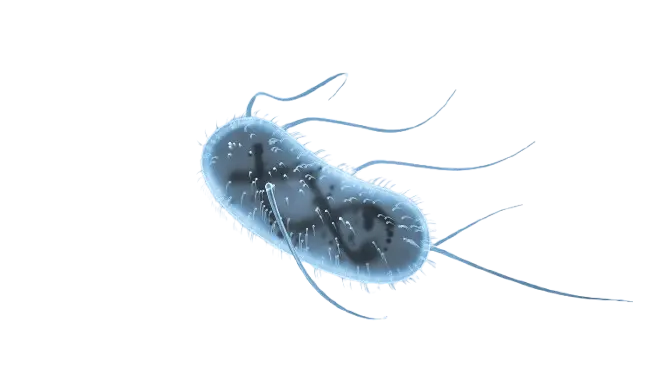waterborne Pathogens
Understand, Detect, and Prevent Microbiological Risks in Drinking Water
Detecting waterborne pathogens is critical for ensuring the safety of drinking water, recreational water, and wastewater. These pathogens — including bacteria, viruses, and protozoa — can pose serious health risks if not properly monitored and controlled.
What Are Waterborne Pathogens?
Waterborne pathogens are microorganisms that can cause diseases when ingested through contaminated water. Common examples include:
- BacteriaBacteria: Escherichia coli, Salmonella, Legionella
- Viruses: Norovirus, Rotavirus, Hepatitis A
- Protozoa: Cryptosporidium, Giardia lamblia
These pathogens often originate from human or animal fecal contamination and require sensitive detection techniques due to their low infectious dose.
Why Microbial Contamination Matters ?
Despite its clear appearance, drinking water can harbor harmful pathogens that go unnoticed without proper testing. Here's why these risks should never be underestimated:
- Invisible Threats: Most pathogens are microscopic and require laboratory analysis to be detected.
- High Infectivity: Some organisms, like Norovirus or Cryptosporidium, can cause infection from just a few viral particles or cysts.
- Treatment Resistance: Certain microbes resist common disinfection methods, including chlorine — making traditional treatments insufficien
🩺 Health Impacts of Contaminated Water
Contaminated drinking water is a major global health threat that can lead to both acute and chronic illnesses, including:
- Gastrointestinal diseases like diarrhea, vomiting, and fever
- Hepatitis A and other serious liver infections
- Neurological conditions such as those caused by Naegleria fowleri
- Long-term damage to the kidneys and weakened immune systems
But the danger doesn’t stop at health. Unsafe water also causes:
- Economic losses due to increased medical costs and lower workforce productivity
- Reduced trust in public water supply systems
- Social instability in communities with inadequate access to clean water
Protecting Public Health Starts with Safe Water
Investing in clean water infrastructure, water quality monitoring, and public health awareness is essential to prevent the widespread consequences of contaminated water.

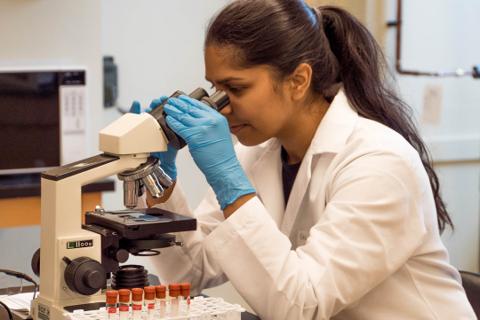
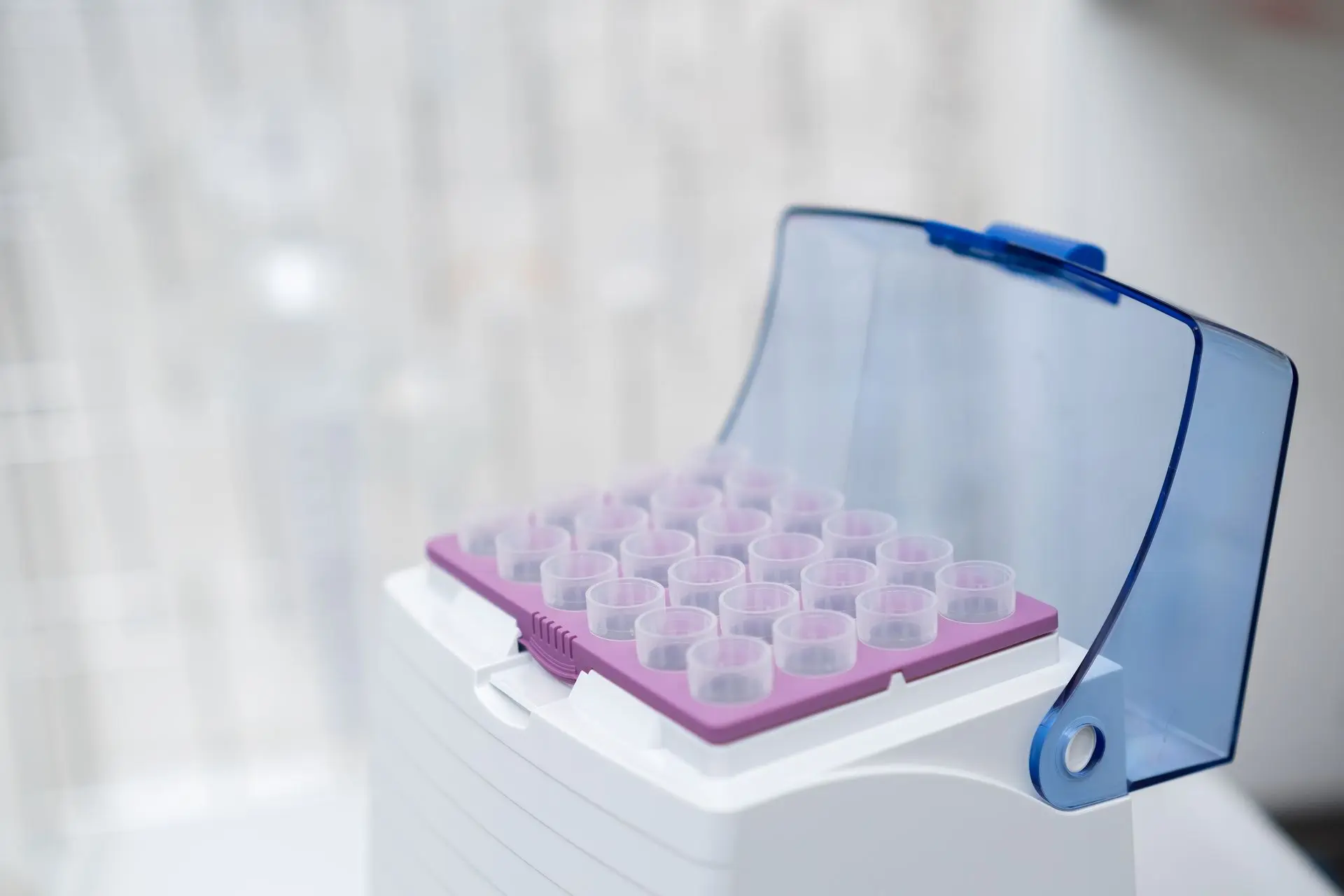

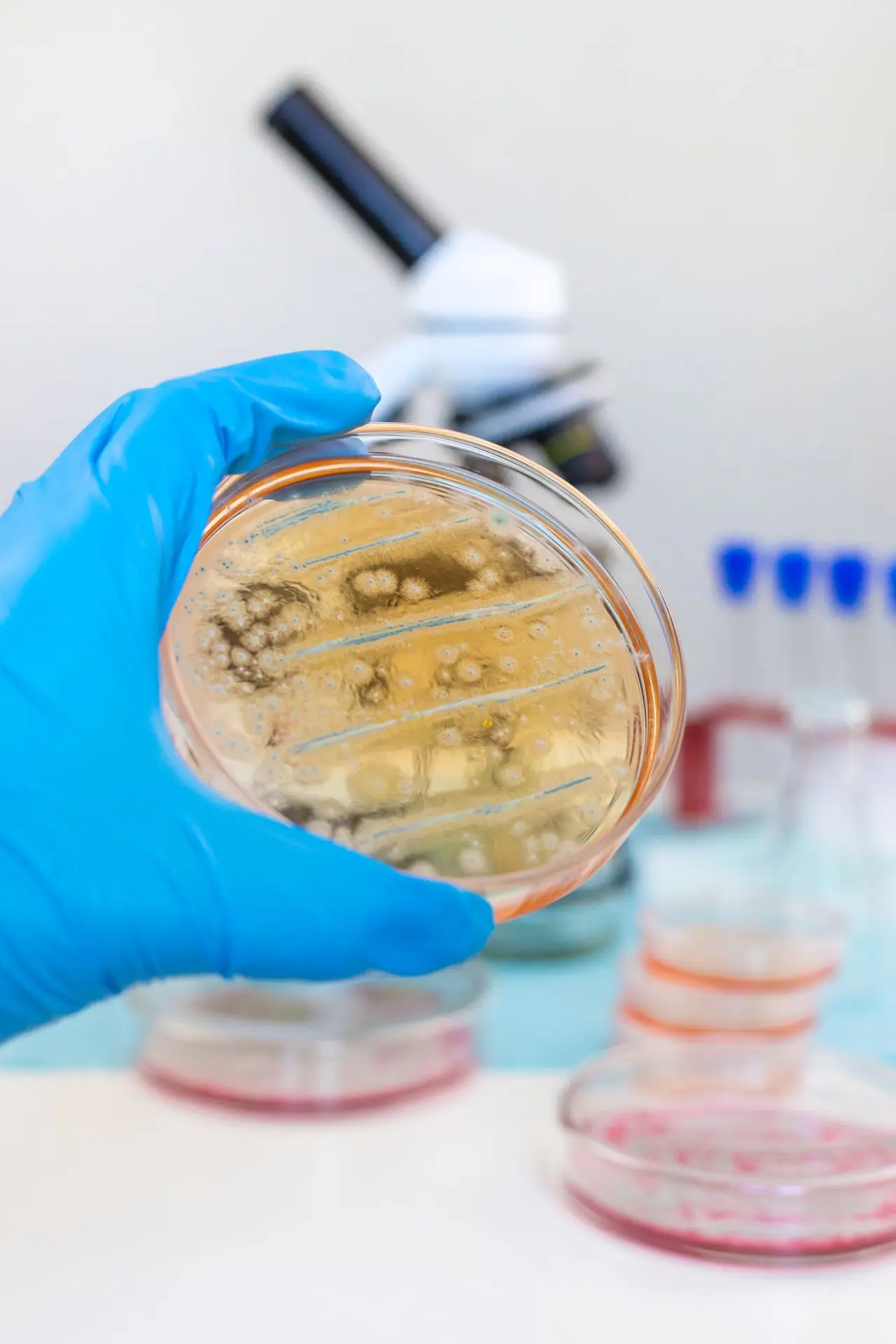

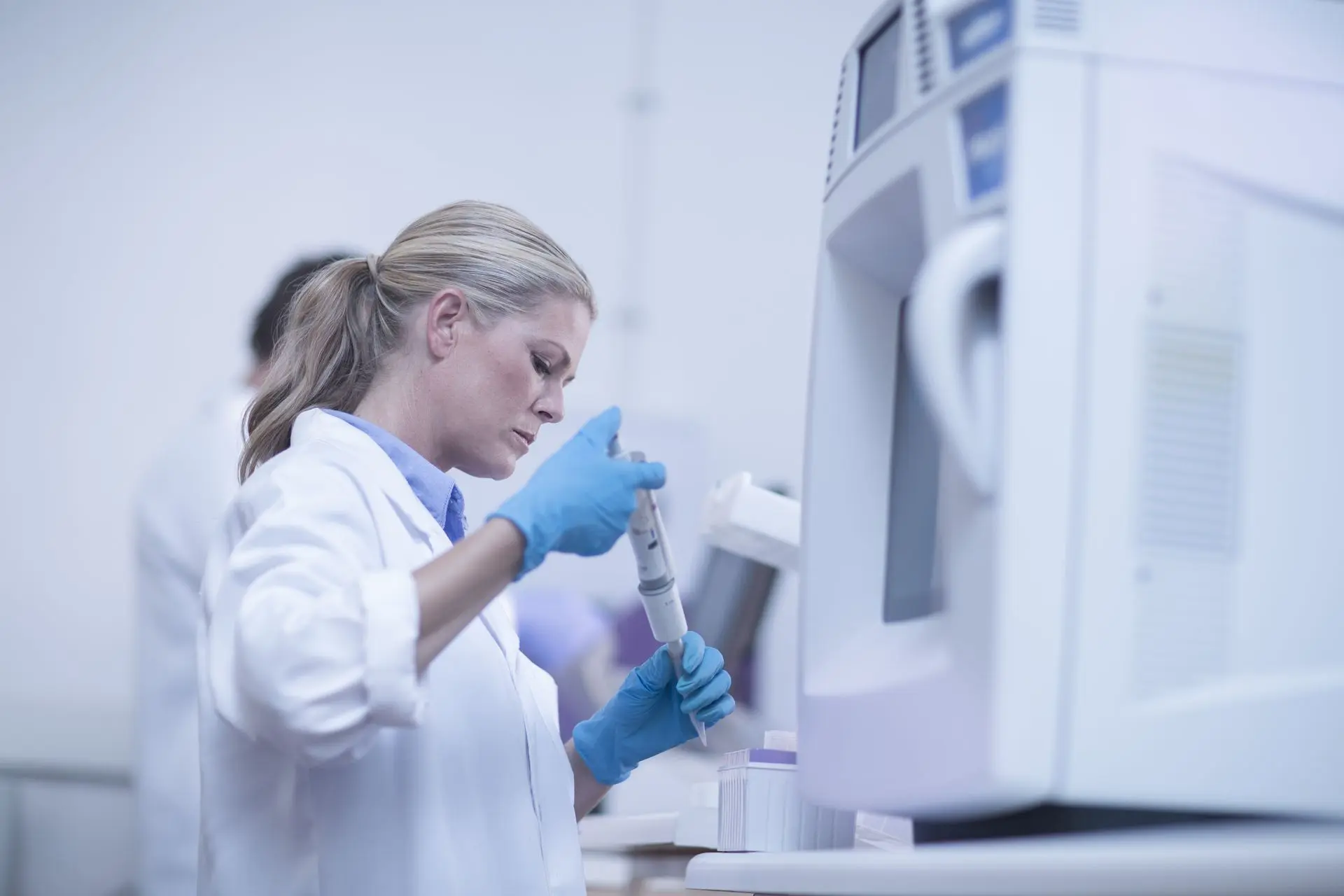
Recommended Tools & Kits
- ✅ qPCR Pathogen Detection Kit Sensitive detection of bacteria & viruses
- ✅ ELISA Kits Cost-effective immunoassays
- ✅ Filtration Systems – Sample prep for lab analysis
- ✅ Portable Field Test Kits – Ideal for field technicians
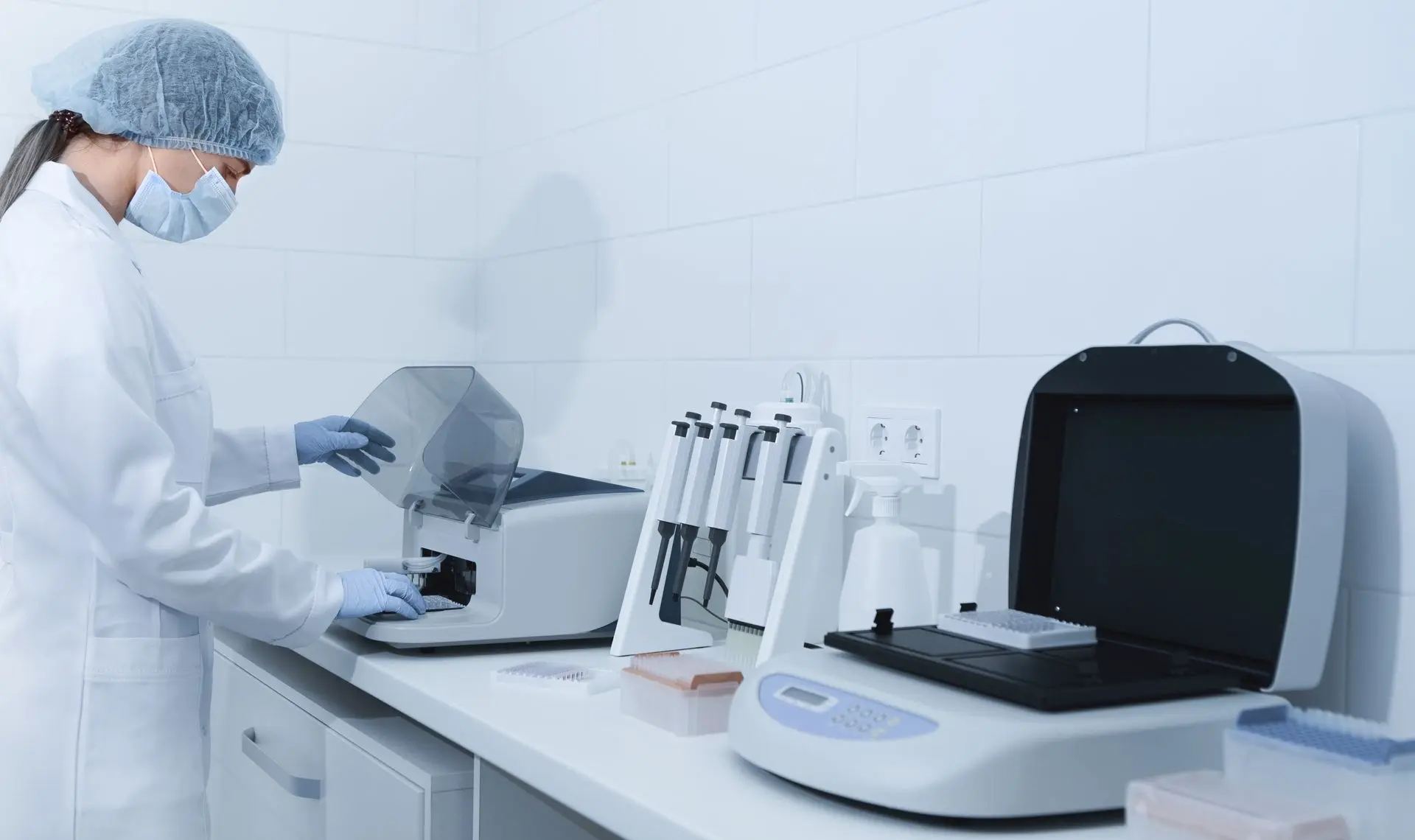
🧪 Scientific Publication:
“Waterborne Pathogens: Detection Methods and Challenges”
by FY Ramírez-Castillo, A. Loera-Muro, M. Jacques, et al.
A peer-reviewed publication in Pathogens (MDPI, 2015) provides an in-depth review of microbial risks in drinking water and the advanced detection methods used to monitor them. This comprehensive article is essential reading for microbiologists, water quality professionals, and public health experts.
📄 Available as a PDF here:
Our latest content
Check out what's new in our company !
Our latest content
Check out what's new in our company !
